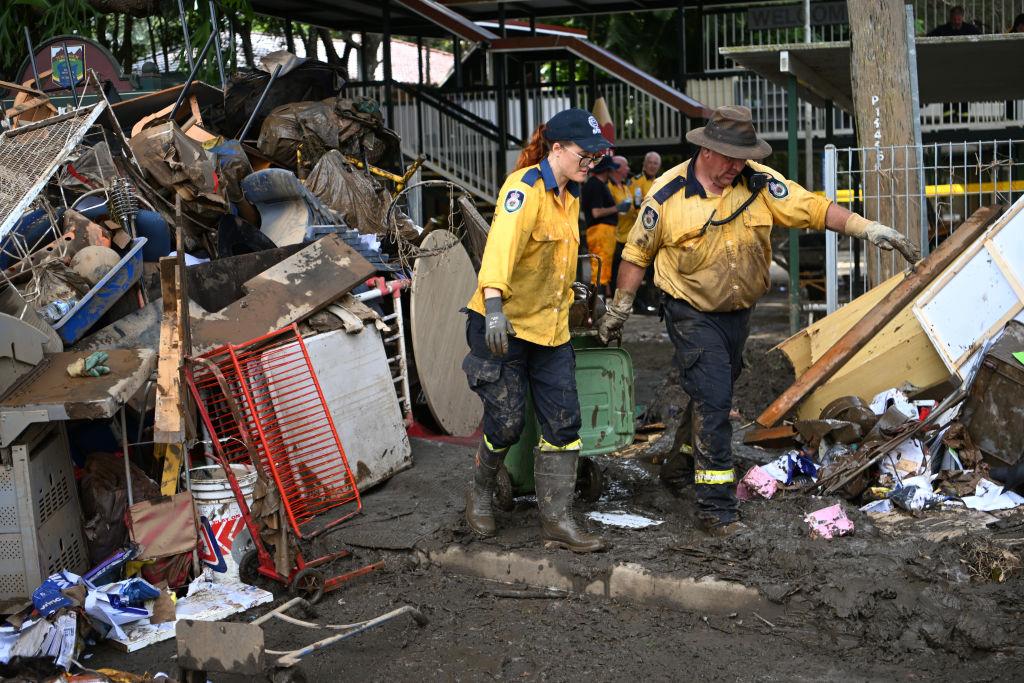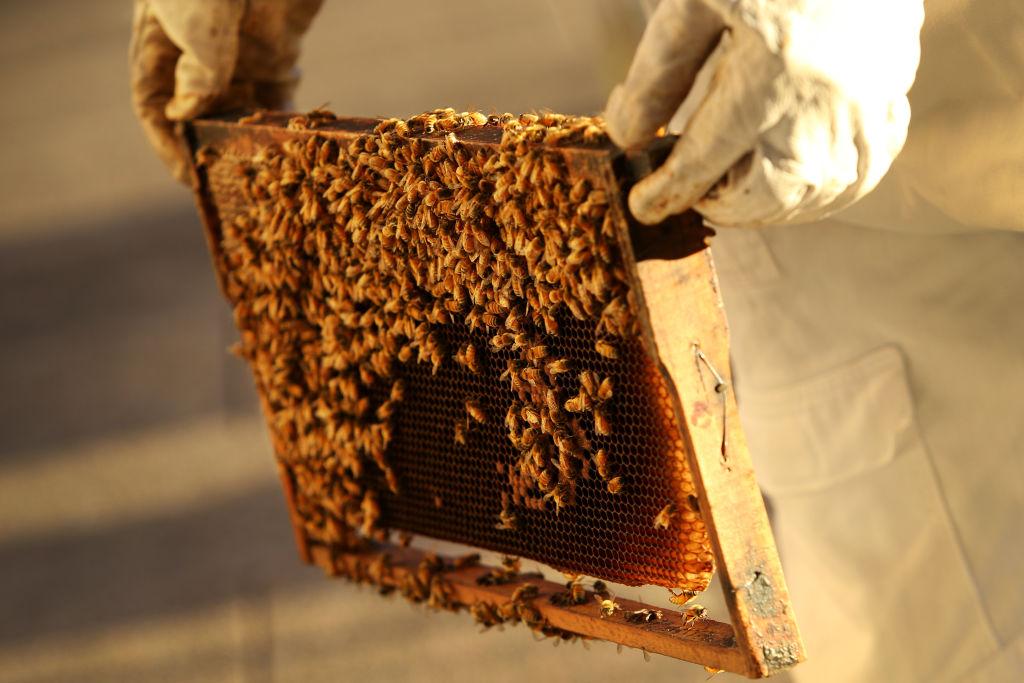The Australian federal government is investing in deployable emergency shelters that can be deployed nationwide during a state of emergency.
During the Australian Government 2023-24 Higher Risk Weather Season National Preparedness Summit Briefing on Sept. 22, emergency managers detailed the emergency shelters in the briefing and how the return of hot and dry conditions in Australia could increase the risk of bushfires and heatwaves.





